|
Critical thinking about art is important. I want my students to: - Think about the content and meaning of works of art. - Analyze the formal aspects of the work and practice using art specific vocabulary. - Make connections and give feedback to the artist. - Talk and interact with each other! This can be done with a formal critique, sure. But they get old. They can be boring. They tend to be looooooong. When activities get old, kids get bored and then are unengaged and compliant or act out. Who want that? Not me, not them. That's why critique games are a fun alternative to critique. I always use group work in crit games to shorten the duration of the activity while still making sure everyone's work is discussed. Critique Game Ideas1. Tell A Story
Process: Groups meet and share work, then create a short story, rap or poem that represents each member's work. Student designed props are a must! Next, groups preform for the whole group and explain how each artwork was included. 2. Title Match Process: With artwork out on the table, give each student a strip of paper and ask them to write the title of their work. Pile the titles in the center of the table, including one or two fake titles. Next, have groups switch tables and work together to match the artwork and the title. Then each group share what title they gave each work and explains why. 3. Symbolic Collaboration Process: Each group member shares their artwork, then the group works together to create a new piece. Next each group shares them work they created and how it represents the member's work.
2 Comments
If you give a girl a can of spray paint she'll probably love it. When she tries it out she'll realize that she needs way more than one color, so she'll ask you for more spray paint. Then she'll get out all of the spray paint you have to find the best colors. Once she has spray paint in every hue she'll want to make some art. Then you'll have to show her how to make a stencil. Of course, once she has a stencil she will ask you for a wall. Once she paints on the wall, others will be inspired and you won't be able to keep your kids in the classroom. Instead, they'll be outside making murals. In fact, your whole trailer will be covered with works in progress. Your kids will start seeing every empty wall as a blank state, full of potential for creating.
All because you gave a girl a can of spray paint. I'm not a fan of the Elements of Art. They are overused and over emphasized, and in many cases falsely separated. Of course, they are also art-specific vocabulary that is valuable for students to know. I wondered - could I teach the Elements in a valuable and meaningful way? The unit, Artists Understand Elements, started with a group activity to build broad knowledge quickly. Each group created a presentation about one Element using Google Slides for easy sharing. In planning presentations they discussed each element in depth and selected examples that were meaningful for them. As students watched the presentations they wrote down ideas for their independent projects. It was nice to listen instead of speak - something all teachers should do. Sometimes our own ideas fill our classrooms and shape the direction of learning without leaving room for student's thoughts. In part 2 of this unit students will select an Element and use it as the inspiration for a work of art. The media is open choice. Some great ideas are brewing!
When I tried TAB at the high school level it was a disaster, mainly because I had no idea how to teach high schoolers. I've thought about how I would do it now, knowing what I know. I think a key step for success is the wading I did in elementary. It's helpful to try out big ideas in pieces and see what is a good fit for you and your students. This gives everyone some time to get used to it, because it's a big change in mindset from a traditional art room, as well as school in general. Don't worry about doing things right - instead, do what works for you, in your setting - because TAB is a way to approach teaching and learning, not a set of steps to follow.
Two TABish things to try: 1. Limited choice of materials. Experiment with offering two or three material choices for a project. If that goes well, continue to expand. You'll hopefully notice the positive impact that validating preference has on student engagement. 2. Themes. Start with an idea or concept, show a few examples of work that exemplifies it and support your students as they interpret it. Question to ask as you plan: *These are key! Reflecting on these ideas after a lesson is also helpful. What do I want my students to learn from this? What challenges will this present my students and how will I support them? What are some options I can have ready for students who struggle? How will I challenge students who excel? How will I make information ready and accessible to everyone so they can answer common questions independently? What will make this better next time? So, what are you waiting for? Now is a great time to try some new ideas out! |
Mrs. PurteeI'm interested in creating a student student centered space for my high school students through choice and abundant opportunity for self expression. I'm also a writer for SchoolArts co-author of The Open Art Room. Archives
December 2019
Categories
All
|
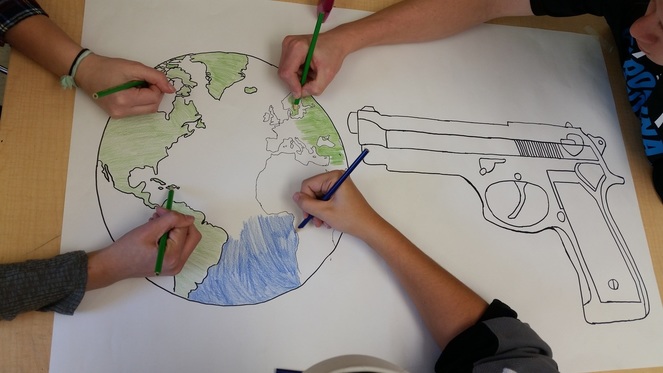
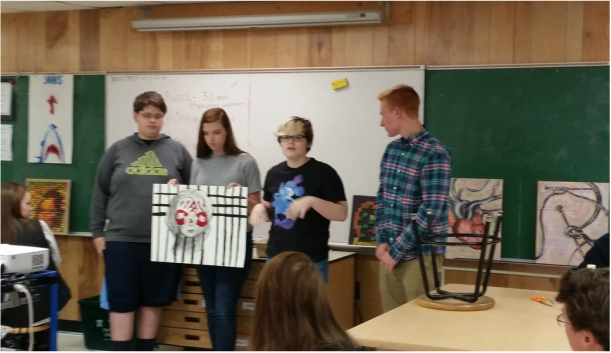
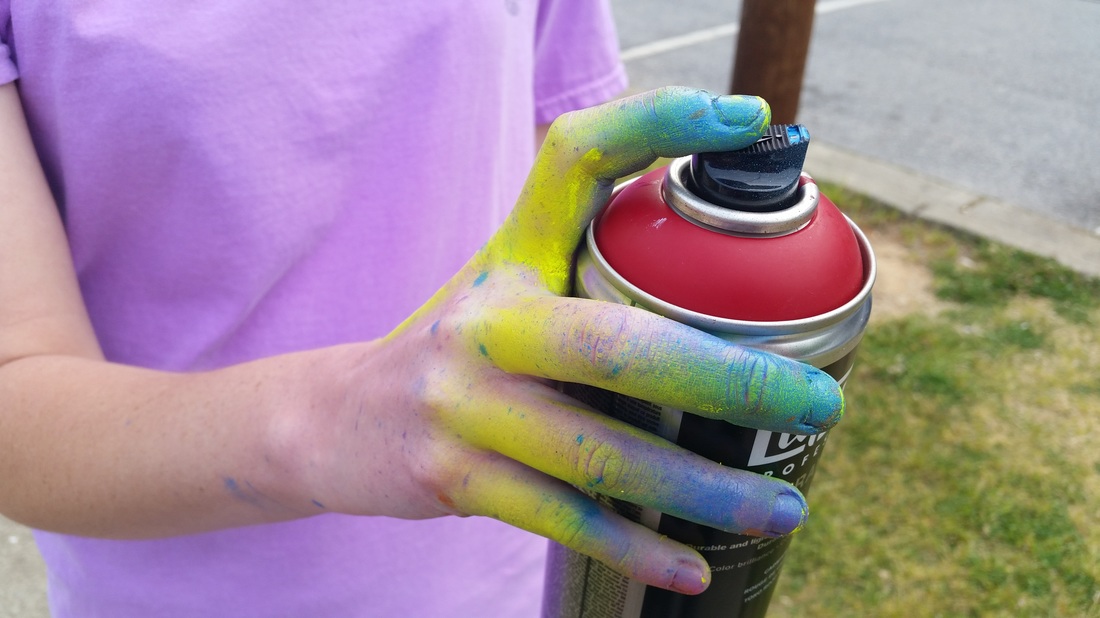
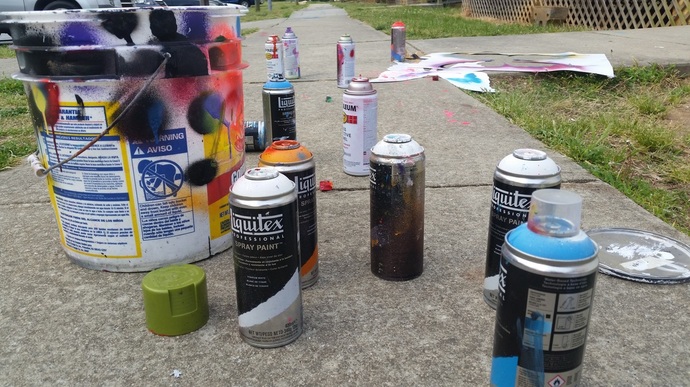
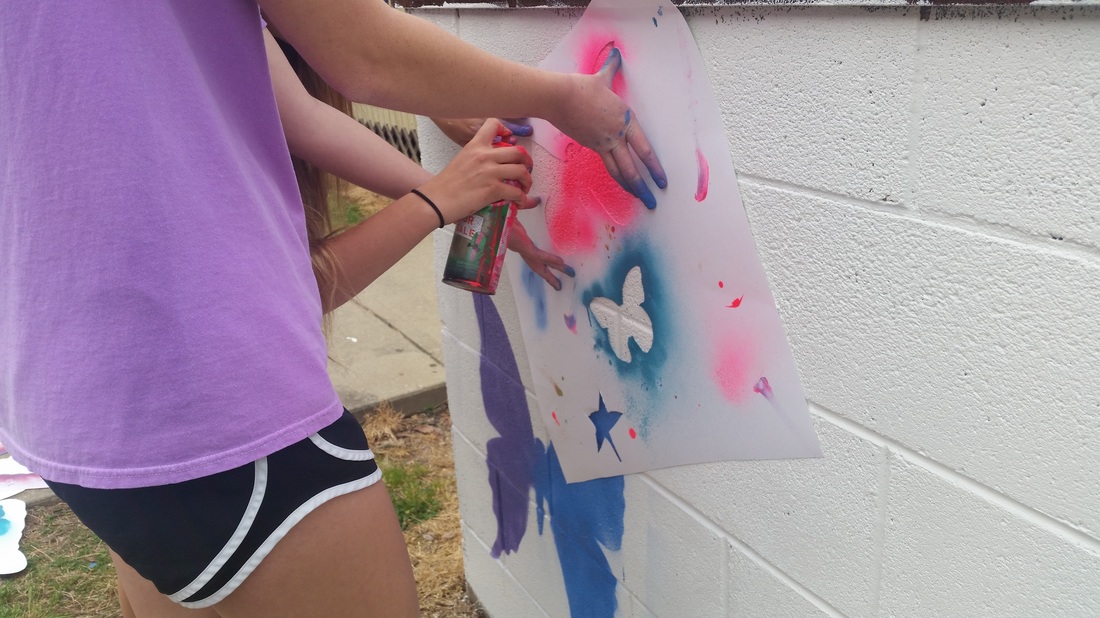
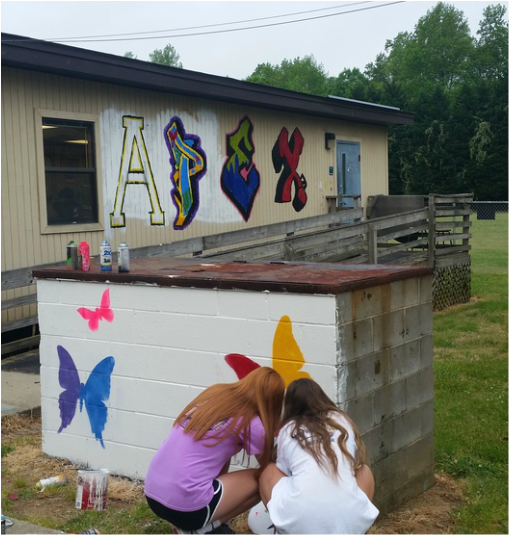
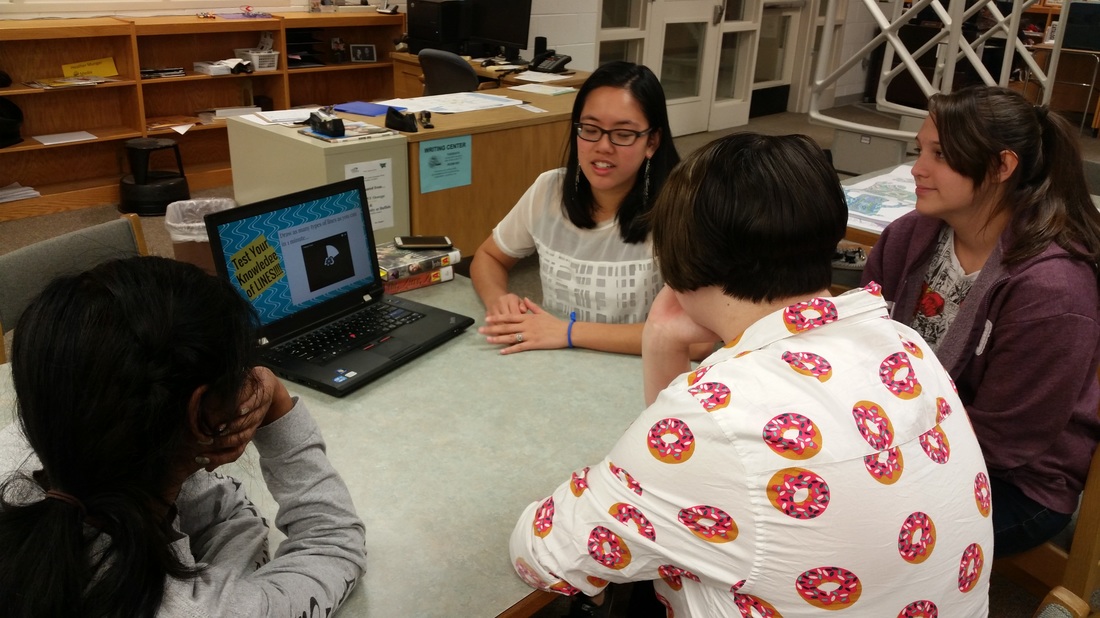
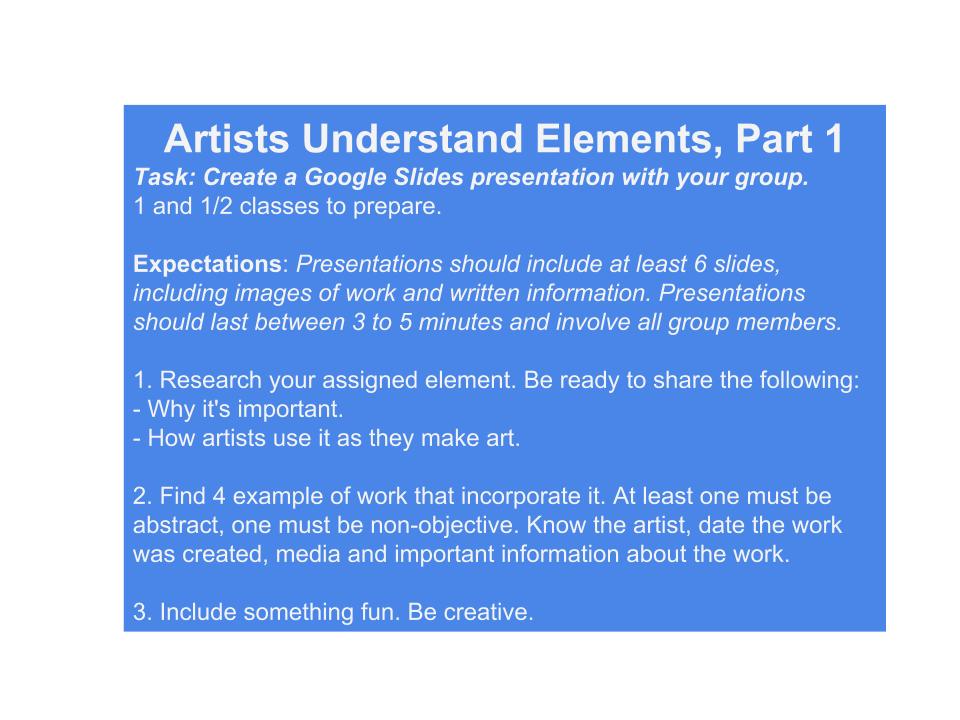

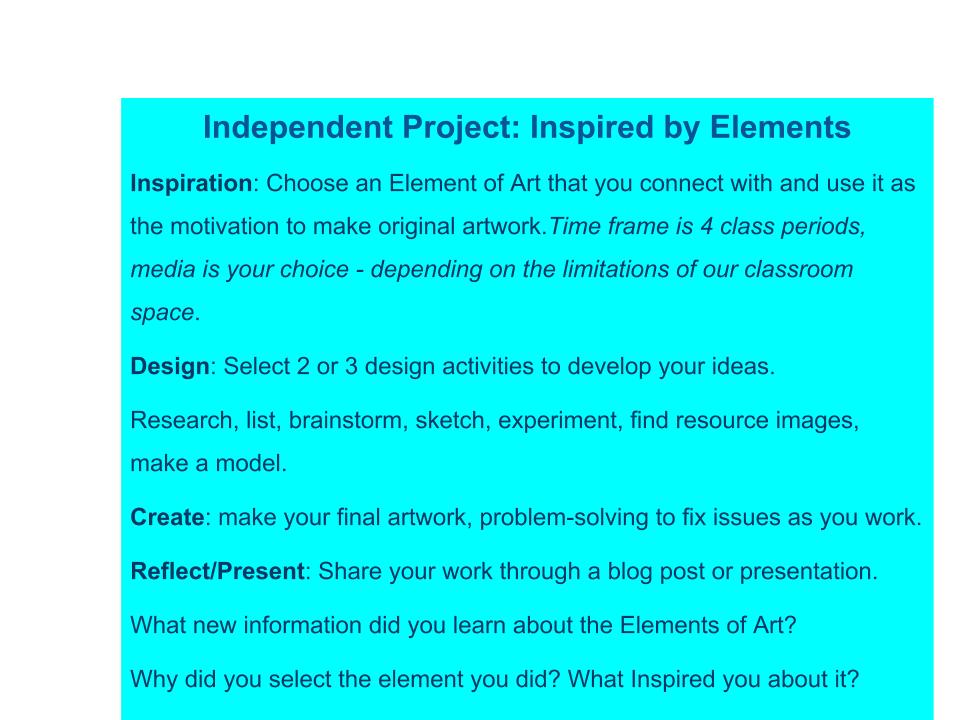
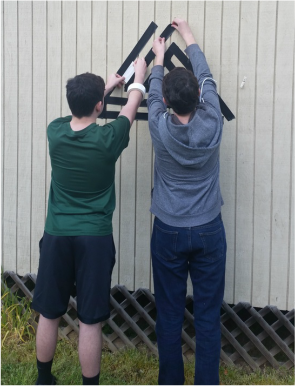
 RSS Feed
RSS Feed
